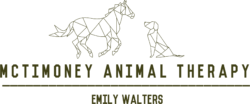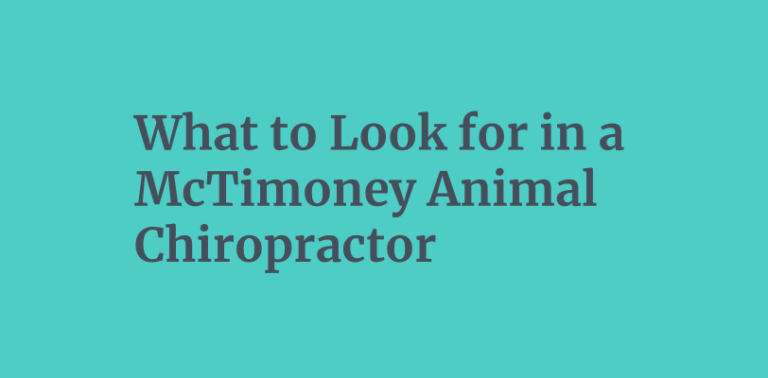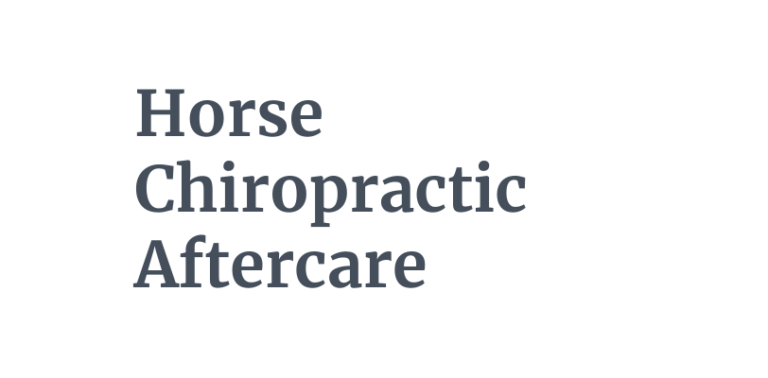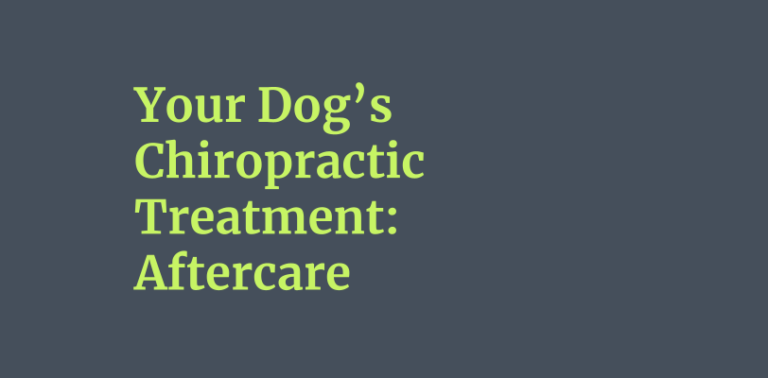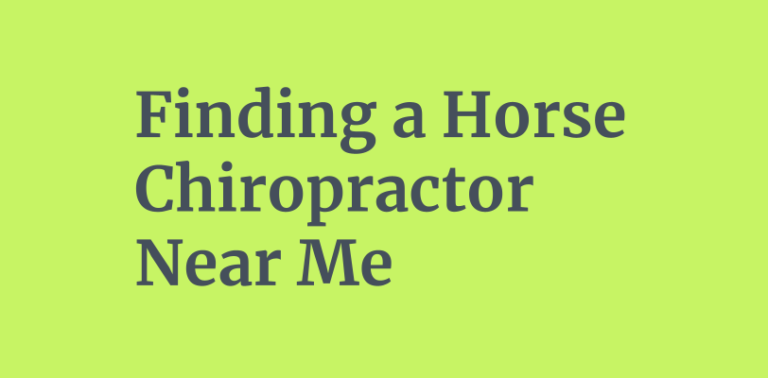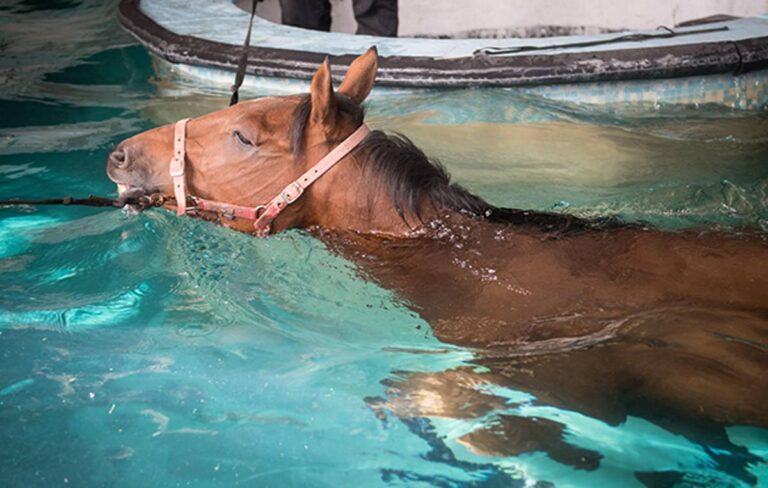McTimoney is a highly recognised form of animal chiropractic and is used to treat dogs and horses back problems. John McTimoney, the pioneer in this approach, trained with Mary Walker in Chiropractic and then adapted the techniques to animals. As a McTimoney Animal Chiropractor, I have received comprehensive training, have an animal based science degree, and gained a Post Graduate Diploma in Animal Chiropractic.
Equine Chiropractic ↗
Back problems in horses can stem from a large number of causes. The McTimoney technique is a highly effective treatment to relieve pain and improve movement. Learn more about Equine Chiropractic
Equine Massage ↗
Most people have experienced massage in their lives, and now your horse can feel the same benefits. Improve gait, performance, flexibility and range of motion. Learn more about Equine Sports Massage
Canine Chiropractic ↗
You can watch for signs that indicate your dog is in pain or has difficulty with mobility, which may indicate problems that can be resolved using the McTimoney technique. Learn more about Canine Chiropractic
Areas covered in UK: Worcestershire and surrounding regions


PRODUCTS
Supplements
With so many equine products claiming to be the next miracle cure, customers are demanding to see the science behind those claims. Science Supplements are the equine nutrition specialist, based on the latest scientific research, and backed-up with real results.
“You have such a kind gentle manner it is hard to believe that you can make such a difference.”
— Jane Beach, Salford Priors, Worcestershire
The Latest on Animal Chiropractic and Massage
What to Look for in a McTimoney Animal Chiropractor
Fully Qualified
The first thing you should look at is the practitioners qualifications. All McTimoney chiropractors have a masters degree from the McTimoney College of Chiropractic and its perfectly ok to ask to see proof of this. If the therapist also practises massage, make sure they have a suitable qualification such as the Equinology course.
Receive Veterinary Permissions Before Treating
All animal practitioners are classed as secondary carers so they MUST obtain veterinary permission before treating your animal. Be very wary of anyone who doesn’t ask this as it invalidates their insurance. I always ask that the client talk to their vet and receive permission for their horses McTimoney Chiropractic treatment before I come out.
Insurance
All practitioners who see your horse must have appropriate liability insurance. Its perfectly acceptable to ask to see their insurance certificate.
Recommendation
Lastly, recommendations. It’s great to use someone who has been recommended to you (I love knowing that people are so happy with their animal’s improvement that they have recommended me) but please make sure that all the above are present and correct.
How Does McTimoney For Animals Work?
The delivery of McTimoney animal chiropractic is usually done by hand and is different from conventional chiropractic as it is relatively gentle. A treatment is required if your horse has a spinal or pelvic misalignment or fixation. These signs can be subtle or obvious with signs of inflammation, tension, heat and tenderness along the spinal column. When a fixation occurs within a joint, the joint becomes locked at some point within its range of movement placing pressure on the spinal cord, which leads to dysfunction in the part of the body that nerve affects. The purpose of a chiropractic adjustment is to free the joint by releasing the muscle tension locking it in place and when the pressure is released from the spinal cord the body’s normal nerve function can be restored. The whole of your horses body will be treated. It uses short-lever, high-velocity, low-amplitude controlled thrusts to very specific anatomical points and articulations to create a therapeutic response in the horse and improve function of the joint, nerves and surrounding musculature.
Why Might My Animal Need a Treatment?
There are several signs that you can look for:
- Behavioural changes, such as napping, bucking and rearing in horses, or growling or reluctance to perform normal tasks in dogs.
- History of poorly fitting tack
- Less than ideal conformation such as a long back
- Has suffered from an accident, injury or fall
- Poor performance
- Increased heart or respiration rate
- Unusual sweating
- Loss of condition
- Loss of appetite
- Lameness
The Stages of Your Animals First Treatment
A full medical history will be taken and you’ll have a chance to discuss the problems you are having (if any) and check that Veterinary permission has been acquired.
Then an assessment will be performed, beginning by observing your animal from a distance looking for any irregular conformation, posture or signs of lameness.
A dynamic evaluation watching your animal move in various gaits and possibly on a circle.
A horse may also then be either lunged or saddled and ridden for the practitioner to see if the horse’s back problem arises just when ridden. They will also see how the horse responds to the rider’s commands and whether it’s able to work properly in a good outline and evenly on each rein.
A horse’s tack will also be checked to make sure it is not the source of the problem.
The animal’s spine will be palpated before the treatment commences to isolate specific areas of discomfort and any skeletal asymmetries.
The McTimoney Chiropractic treatment is applied first. Animals usually react well to the adjustment and seem to enjoy it. They should experience little to no pain in the session but some animals can react to the speed and feel of some of the adjustments.
There will then be 20/30 minutes of sports massage, working specifically on problem areas to complement the McTimoney treatment.
What to Expect Over the Next Few Days
If your animal needs exercising it can be done on the day before the treatment has been carried out as your animal will need to rest for a few days after to let the body adjust and heal.
You should notice an improvement in your animal, but occasionally this can take a few treatments to achieve.
After treatment your animal may feel sore and stiff but this is normal and it is their body adjusting to its new position. This shouldn’t last more than 24 hours.
Tiredness may also be observed and your animal may sleep more than normal for the next day or two.
Your animal may drink more than normal over the next few days.
It can also be an emotional event for the animal so it may not ‘be itself’ for a couple of days. Make sure your animal has plenty of water available as a treatment can cause dehydration.
What to Expect Going Forward
It is important to remember that healing takes time and is a process. Miraculous results won’t be achieved immediately as the body must then have time to heal itself after an adjustment.
Various numbers of treatment may be required according to the age of the animal, the nature of the back problem, and how long the animal has had the back problem. An animal may need anything between 2 and 10 adjustments, and should have 2 within a week of each other and then more gradually spaced out. An improvement is sometimes noticed immediately but it can also take several treatments for long lasting results.
Ideally a maintenance program should be devised and an animal should receive a treatment every 3 to 6 months. Prevention is better than a cure and animals should continue to have treatments even if there are no outward signs of discomfort.
Aftercare will be given to you that are specifically tailored to suit your animal and this must be followed as much as possible as it will help your animal achieve the maximum benefit from the treatment.
You may also be shown some massage techniques, stretches and exercises to do between visits.
Learn More About
The McTimoney Animal Method Is a Gentle Therapy That Helps Relieve Equine and Canine Back Problems and Improves Movement, Performance and Health.
